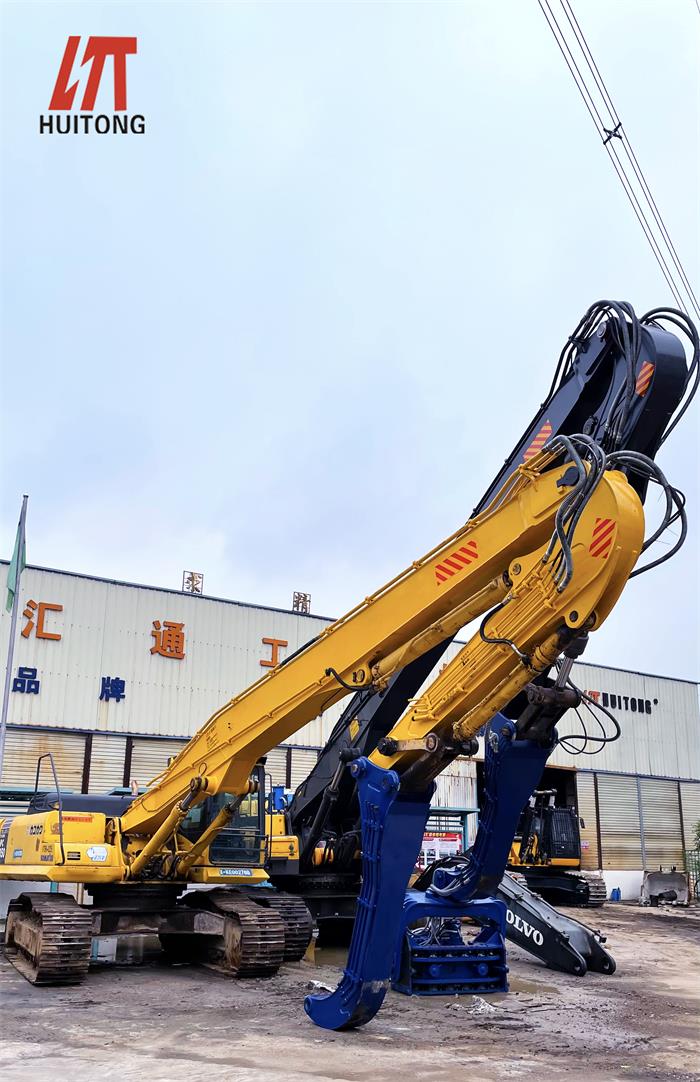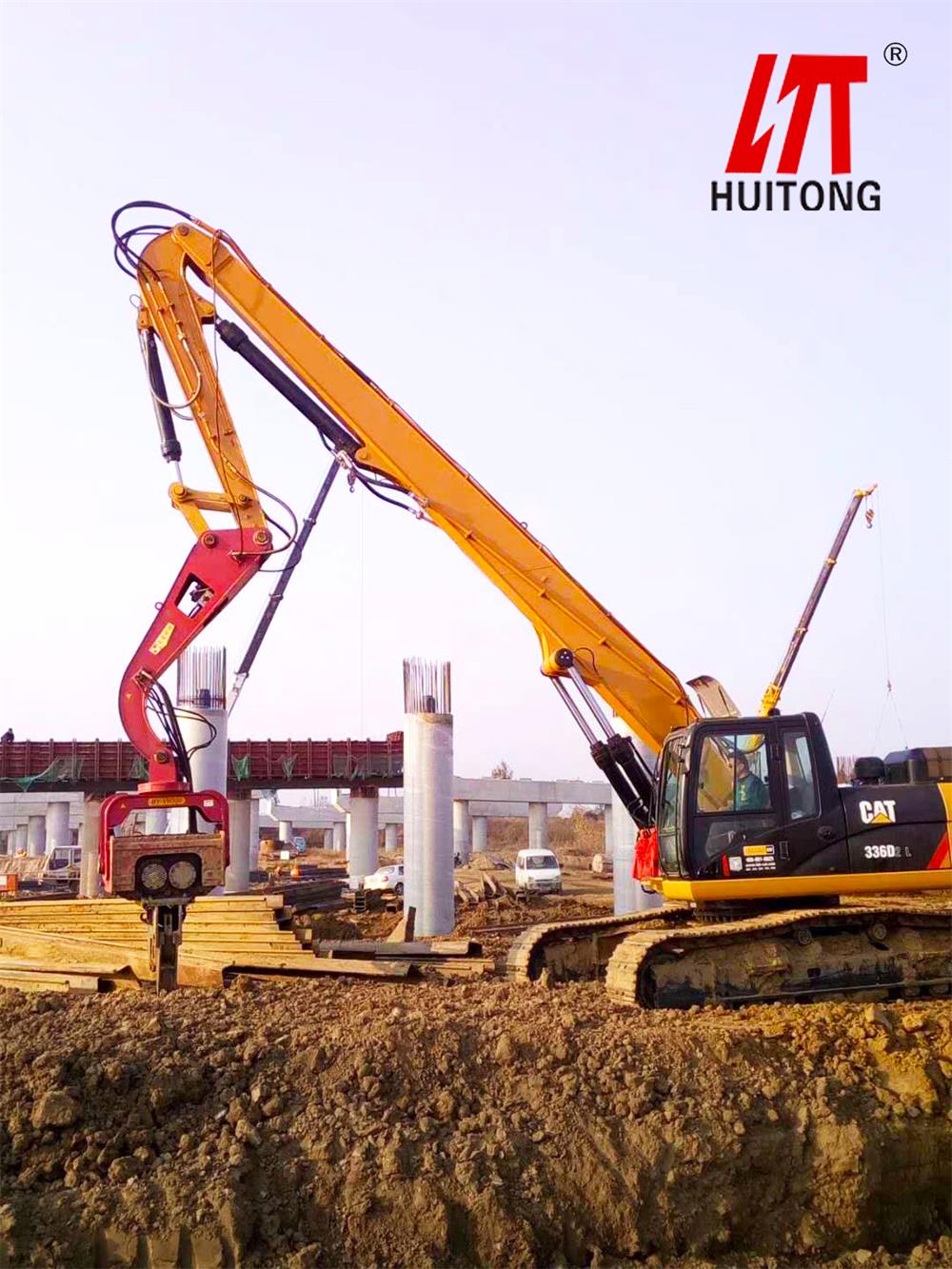 HuiTong
HuiTong  2025-06-13
2025-06-13
1.Routine maintenance scope of piling excavator
Conducted once per class.
1. Clean the en tire vehicle.
2. Remove dust and debris from the air filter, check the condition of the filter element, and replace it if necessary.
3. Check whether the engine noise is normal, and whether there is any leakage in the oil and water pipelines.
4. Check and add fuel oil, cooling water, engine lubricating oil, hydraulic oil oil level.
5. Check the transmission belts.
6. Check the horn, instrument, indicator light and wiper.
7. Check the battery liquid level and vent holes.
8. Check the tightness and lubrication of the sealing and connection parts of the hydraulic system.
9. Check the track tightness and track pins.
10. Check the tightness of the driving wheels, guide wheels, supporting wheels, and towing wheels and whether there is any leakage.

2. The scope of primary maintenance of piling excavator
It is carried out every 250-300h of operation. The maintenance content is to complete the following items on the basis of completing routine maintenance operations:
1. Disassemble and clean the air filter, oil filter, fuel filter, and vent filter.
2. Check the oil temperature gauge, water temperature gauge, and oil pressure gauge.
3. Check and tighten the working conditions of each part of the engine.
4. Check the high-pressure oil pump, oil supply pump and oil supply pipeline.
5. Check the throttle control mechanism, flame extinguisher, intake and exhaust pipes.
6. Check the valve cover, oil pan, front and rear oil seals of the crankshaft, and external oil pipelines.
7. Add lubricating oil and grease to the lubrication point.
8. Check the water tank and water pump, and adjust the tightness of the fan belt.
9. Check the oil radiator.
10. Check the fuel tank, hydraulic tank, and fuel filter.
11. Check whether the hydraulic pump, motor and each valve are working properly.
12. Check and tighten the track shoe bolts.
13. Check and adjust the tension of the track shoe. The deflection between the support pulley and the guide pulley should be 20-30mm.
14. Check the control mechanisms.
15. Check the sealing conditions of the towing wheel, supporting roller, driving wheel, and guide wheel and add lubricating oil (grease).
16. Check the tightness and sealing of the connecting parts of the cab.
17. Check the starter and generator, adjust the regulator and horn.
18. Check lights, circuits, safety devices, meters, and switches.
19. Check the battery and bracket. The liquid level meets the requirements, the bracket is firmly fixed, and the line connection is reliable.
20. Fill in the operation record. Fill in the maintenance records as required.

3.The scope of secondary maintenance of piling excavator
It runs every 1000-2000h. The content of the operation is to complete the following items on the basis of the completion of the first-level maintenance.
1. Clean the valve chamber and check the valve clearance.
2. Disassemble and wash the oil bottom and filter, check the large and small tiles, and change the oil according to the quality.
3. Clean the lubrication system and replace the oil filter element.
4. Check and correct the fuel injection nozzle. The atomization pressure of the fuel injection nozzle meets the requirements.
5. Overhaul and maintain generators and starters.
6. Check the battery and connecting wire. The liquid level and specific gravity meet the requirements, and the connection is reliable.
7. Check and repair the entire vehicle wiring, instruments, lights, safety devices, horns, regulators, solenoid valves, etc. There is no peeling, leakage, or short circuit in the line. The meter works well. The lighting is fixed and reliable, the brightness meets the requirements, and the speakers and regulators work normally.
8. Replace the hydraulic oil filter and fuel filter element, check the quality of the hydraulic oil, and replace if necessary.
9. Check and repair the door and shaker. The switch is flexible and free of movement.
10. Check and adjust the clutch. The clearance is appropriate and the separation is thorough.
11. Check the conditions of the guide wheels, supporting wheels, driving wheels, walking motors and steering devices. The wheels are in good condition without damage, and the sealing ring is intact and without leakage. The motor works normally and the steering is flexible and reliable.
12. Check the track shoes, track pins, and track bolts. There is no breakage or excessive wear.
13. Check the boom, forearm, bucket pin and bushing. No cracks, no looseness, working well.
14. Fill in the operation record. Fill in the maintenance records as required.